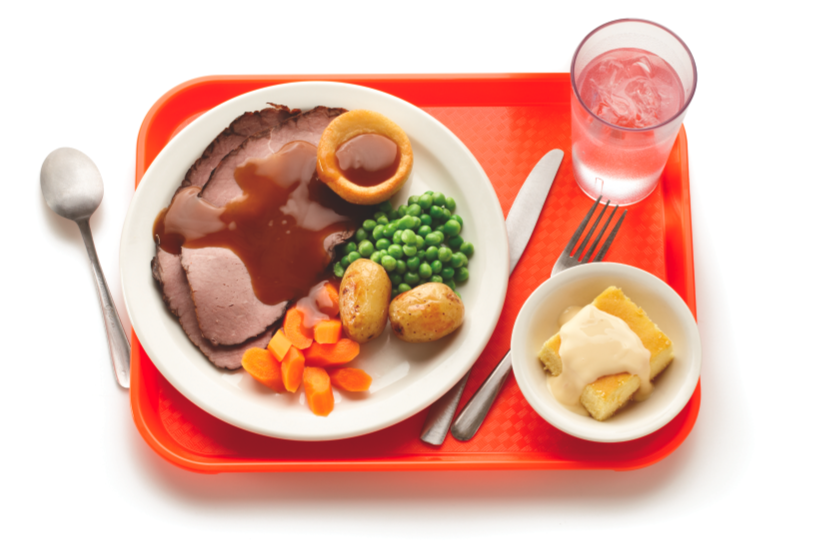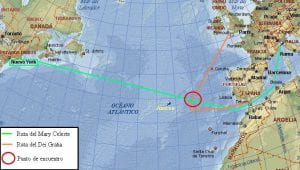There are many things that represent each country’s cultural difference and we believe school lunch is one of them. Today, we would like to introduce how school lunch works around the world.
Japan

In Japan, public schools serve students school lunch during mandatory education. Japanese school lunch is supervised by the dietitian and nutritionally well-balanced. As the menu changes every day, children can eat what they usually don’t eat at home. When lunchtime arrived, students wear aprons and go to get their class’s lunch and students by their selves set the tables. Basically, all students eat the same amount of food and some of the class teachers do not permit leaving it. Although there are pros and cons against this leading policy, it can also be said that enough food is secured for students. Also, Japanese school focuses on food education. Home economics is a compulsory subject and students learn the importance of having well-balanced food.
https://www.youtube.com/watch?v=fze5s1SlqB8 (Kyushoku: The Making of a Japanese School Lunch)
America

Lunch time in America generally starts at 11:30 AM and ends at 13:00. The students in America can usually choose what they want to eat. Some students eat school lunch while some students bring in their own lunch from home. According to Japan Relocation, which provides people living in overseas with houses, the lunch in America, which is called as “hot lunch” is prepared based on school district. Every morning, Teachers ask students whether they want to eat school lunch or not. The teachers then contact person in charge of school lunch to tell the amount they need for school lunch. The unique features are that the students do not pay the school lunch fees every month. Instead, their parents buy prepayment cards for their children and they can pay whenever they want to eat school lunch. Another interesting feature different from Japan is that the students usually do not eat lunch inside their class room. They go to cafeteria instead.
The UK

Countries do not have school lunch
In some countries, schools finish before noon and do not have school lunch. In Mexico, Spain, and Peru, students bring snacks and eat lunch at home. Some of the schools serve breakfast before class starts.
School lunch and obesity
Compared with Japanese and American school lunch, nutritional balance differs a lot. This difference affects children’s obesity. According to the data from WHO, the percentage of overweight children in the United States is 42% while that of Japan is 14%.
School lunch varies by country, and it reflects each culture. Also, school lunch taking on a role in supporting children’s dietary habit.


 (Benjamin Briggs)
(Benjamin Briggs)
 Image of the Edo-Tokyo Museum
Image of the Edo-Tokyo Museum

 Matoi
Matoi
